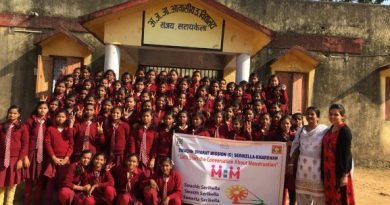The 2018 monsoon has been the best ever for South India. 5 reasons why
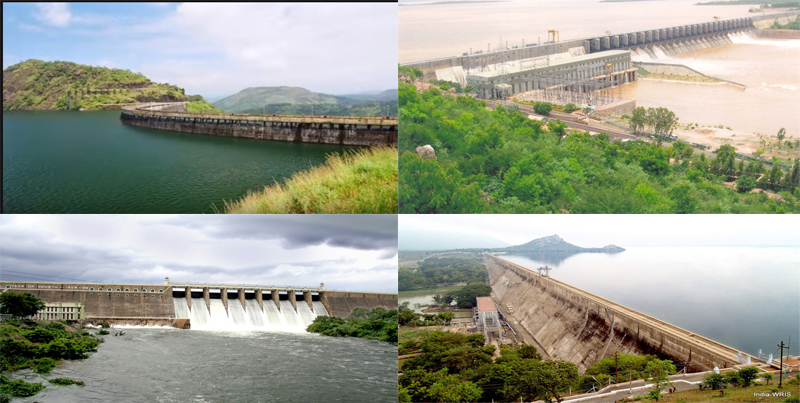
That India sways to the beat of the monsoons is a well known fact across the country. As the month of May starts, every corner of the country anxiously tracks the progress and updates for the Monsoon, in so many ways the lifeline of this country, and perhaps the biggest unifier for the country’s largest community, its farmers.
This year’s monsoon’s, while still somewhat disappointing for some parts in North India, has been remarkable for South India delivering a water bounty that has not been experienced in decades, in some cases. For the relatively prosperous south, it should be a great opportunity to settle lingering disputes around water, besides taking full advantage of the water by filling its network of storage lakes and ponds. For now, let’s just consider 5 of the biggest indicators that the monsoon has delivered for south India, helping tide over the disappointment of the poor 2017 season.
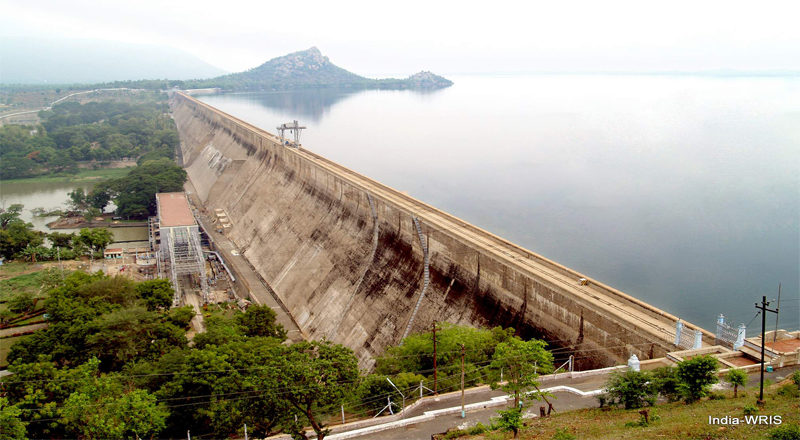 a) The Mettur Dam: Known to the rest of the country as the epicentre of the dispute for Cauvery waters between Tamil Nadu and Karnataka, the dam’s Stanley reservoir, for the first time in 5 years, has hit its full reserve level (FRL) of 120 feet, and we are barely done with July. It received massive inflows from the upstream Kabini and Krishnaraja Sagar dams in Karnataka, which have also crossed their FRL more than a week back. This means the Samba crop, or the 4-month rice crop will finally be grown in the Cauvery delta after a long wait of years this year, ensuring an end to the water disputes between the two states for at least a year.
a) The Mettur Dam: Known to the rest of the country as the epicentre of the dispute for Cauvery waters between Tamil Nadu and Karnataka, the dam’s Stanley reservoir, for the first time in 5 years, has hit its full reserve level (FRL) of 120 feet, and we are barely done with July. It received massive inflows from the upstream Kabini and Krishnaraja Sagar dams in Karnataka, which have also crossed their FRL more than a week back. This means the Samba crop, or the 4-month rice crop will finally be grown in the Cauvery delta after a long wait of years this year, ensuring an end to the water disputes between the two states for at least a year.
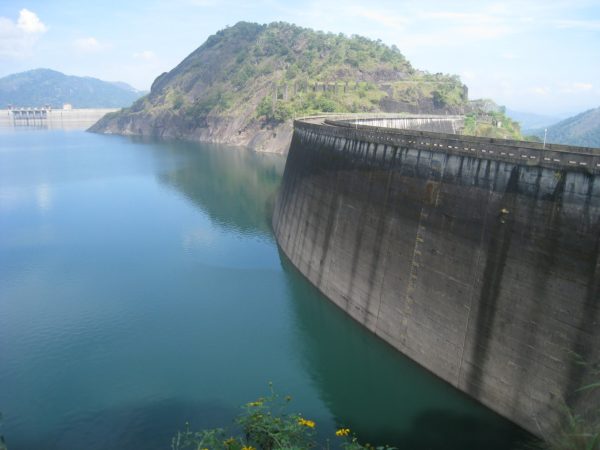 b) Idukki Dam in Kerala opens gates for first time in 26 years. Further south, the Idukki dam has been forced to open its gates after almost a generation, thanks to the rising water levels in the Periyar river. The dam, which is among the highest arch dams in Asia, last saw its gates opened in 1992. The arch reservoir made of three dams built Idukki, Cheruthoni and Kulamavu across the Periyar river.
b) Idukki Dam in Kerala opens gates for first time in 26 years. Further south, the Idukki dam has been forced to open its gates after almost a generation, thanks to the rising water levels in the Periyar river. The dam, which is among the highest arch dams in Asia, last saw its gates opened in 1992. The arch reservoir made of three dams built Idukki, Cheruthoni and Kulamavu across the Periyar river.
On July 30, the water level in the dam reservoir touched 2,395 feet against its maximum of 2,403 feet. A meeting headed by the Chief Minister decided to open the gates at 2400 feet, a decision that has subsequently been changed to even earlier, perhaps keeping the dam’s age in mind. Incidentally, this is the first time that the dam will hit its FRL during the South West Monsoon.
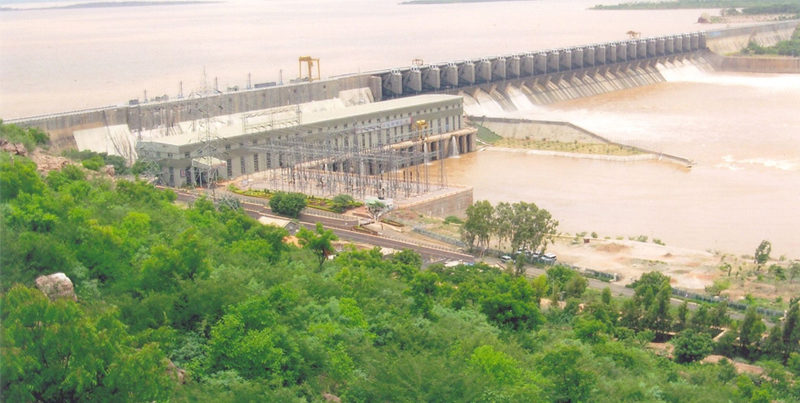 c) The Almatti Dam in Karnataka is close to full. Among Karnataka’s biggest dam’s, the Almatti dam’s status matters, not just to Karnataka but also to Andhra Pradesh and Telangana, both of which look to sharing the waters from Srisailam reservoir, itself dependent on discharges from Almatti to a large extent, besides the Tungabhadra and Narayanpur dams, which have also received good inflows. Thus, this is one dam which signals good times for more than just its host state.
c) The Almatti Dam in Karnataka is close to full. Among Karnataka’s biggest dam’s, the Almatti dam’s status matters, not just to Karnataka but also to Andhra Pradesh and Telangana, both of which look to sharing the waters from Srisailam reservoir, itself dependent on discharges from Almatti to a large extent, besides the Tungabhadra and Narayanpur dams, which have also received good inflows. Thus, this is one dam which signals good times for more than just its host state.
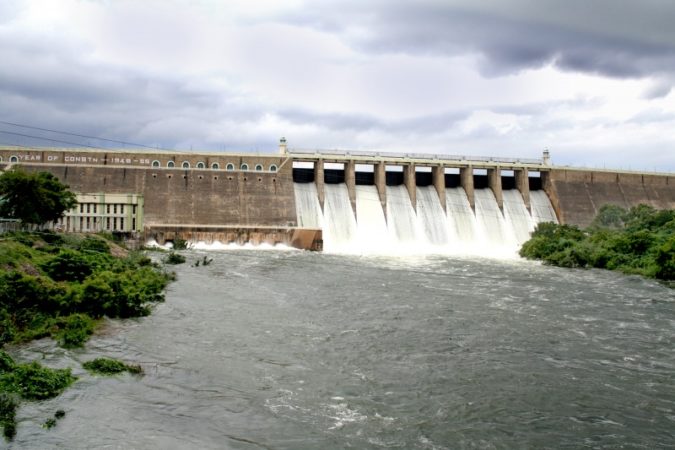 d) BhavaniSagar Dam in Tamil Nadu. One of the world’s largest earthen dam’s the Bhavanisagar dam is a lifeline for farmers along the Bhavani river in Erode and other areas in TN. The dam, which has an FRL of 105 feet now, had seen water levels reach 97.28 feet by July 29th, prompting the Chief Minister to heed requests to release water from Aug 1 onwards for irrigation.
d) BhavaniSagar Dam in Tamil Nadu. One of the world’s largest earthen dam’s the Bhavanisagar dam is a lifeline for farmers along the Bhavani river in Erode and other areas in TN. The dam, which has an FRL of 105 feet now, had seen water levels reach 97.28 feet by July 29th, prompting the Chief Minister to heed requests to release water from Aug 1 onwards for irrigation.
e) Collective water storage in major reservoirs is better than the decade average. According to the data released by the central water commission, collective water storage in 51 major reservoirs across the southern states is almost 20% higher than the average storage in these reservoirs over the past decade. As compared to last year, when the monsoon was poor, the storage levels are almost 30% higher now.
In this season of plenty, there are of course questions being raised too, especially by farmers and local bodies in the Cauvery delta, about the lack of fresh water storage infrastructure created in recent years to benefit from a year such as this year. Unfortunately, its too late to change that now, and one can only hope that the monsoon will be suitably benign in the future too. A bigger worry perhaps should be possible risks going forward, as a large period of the monsoons remains to be crossed, and a further intensity in rainfall in the region, especially in Kerala, could catch many people unprepared.
copyright:iamrenew.com


